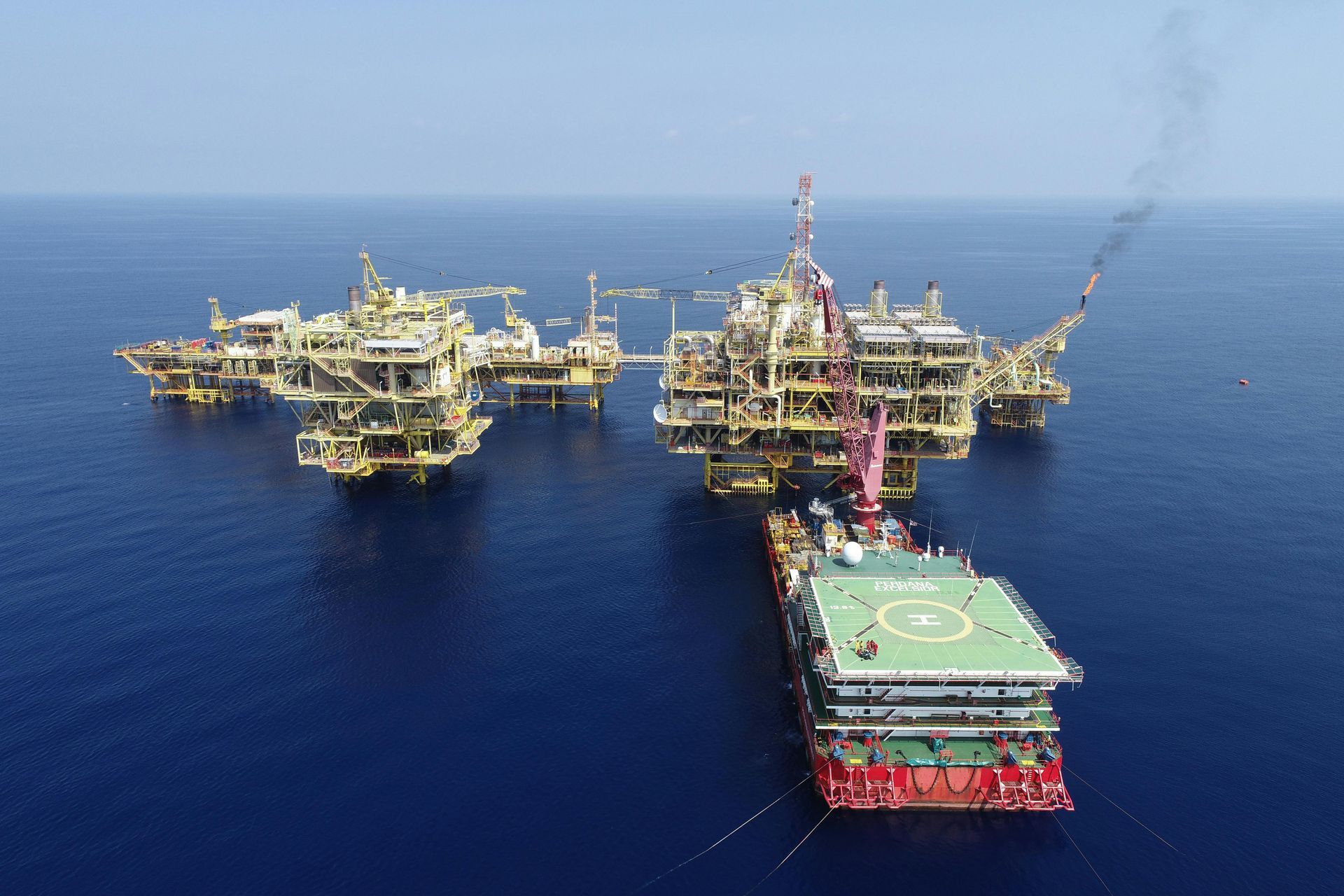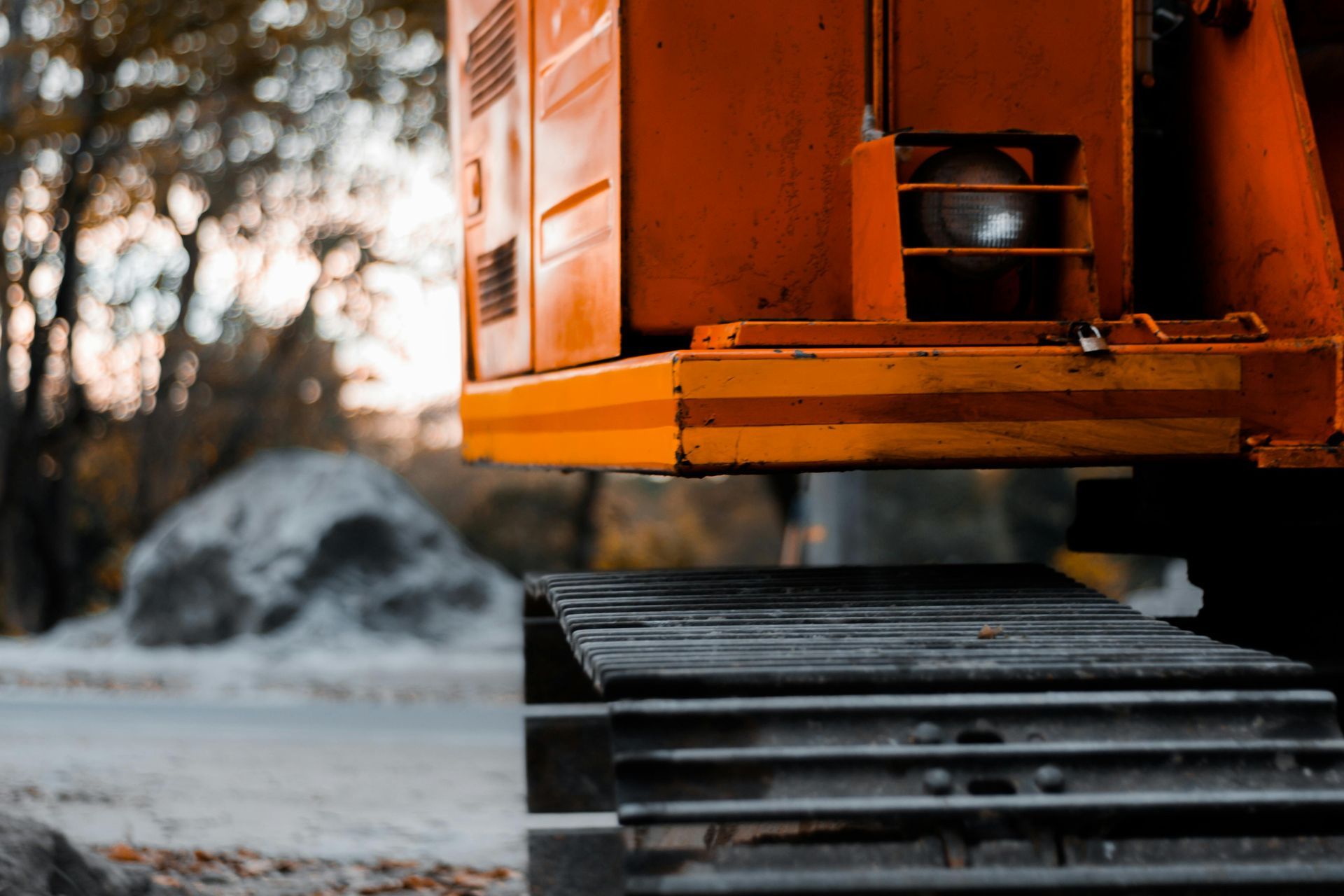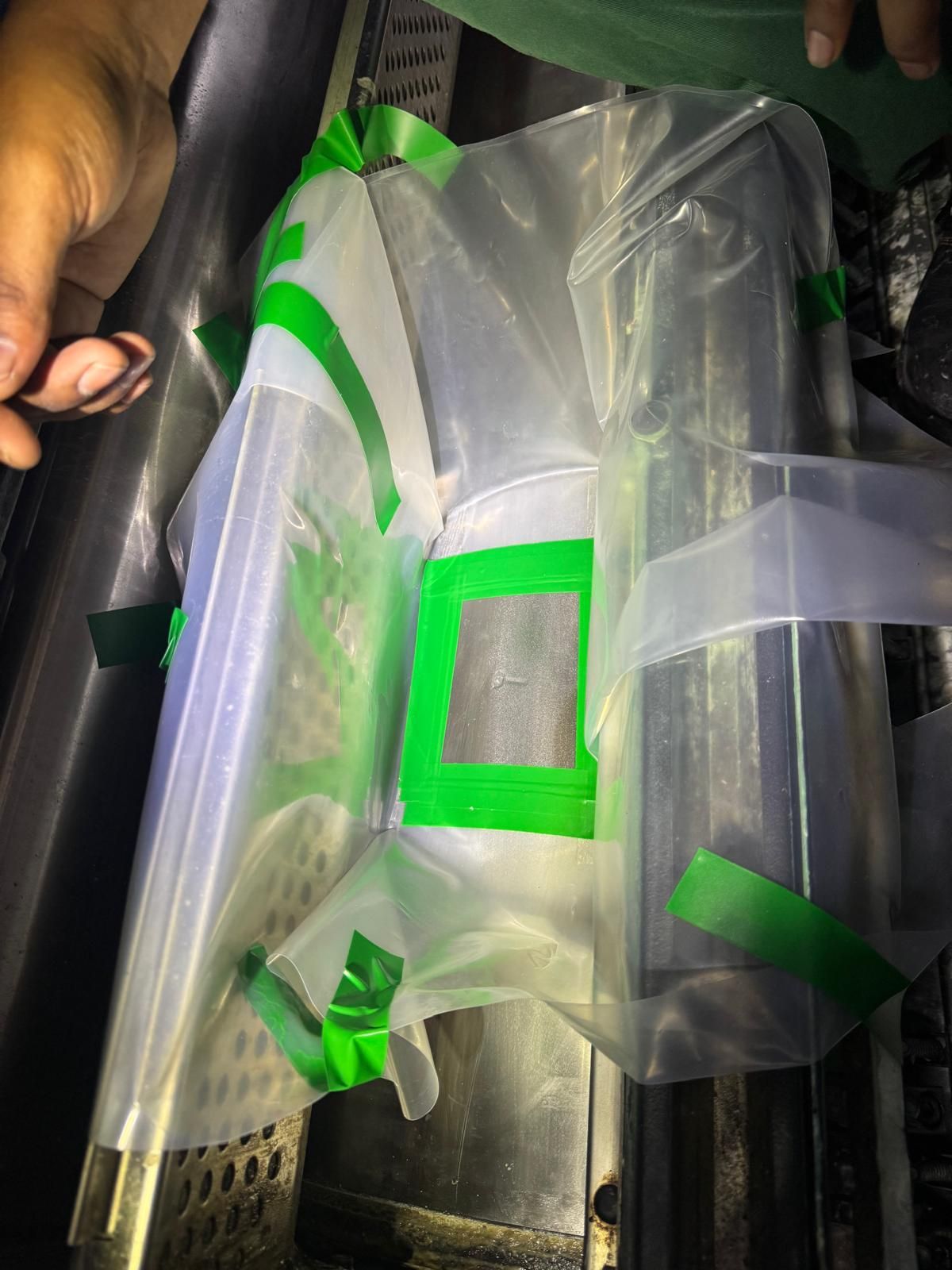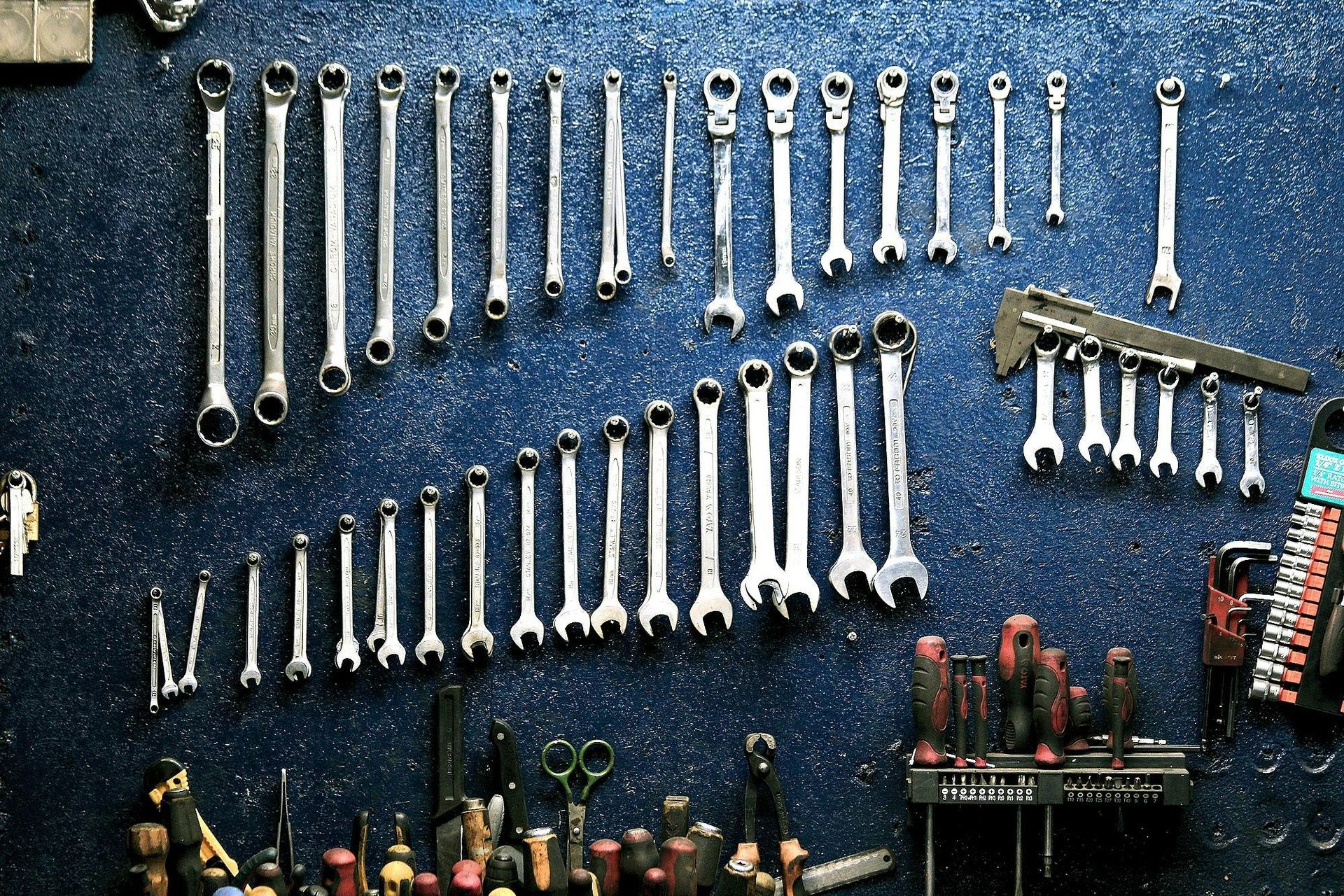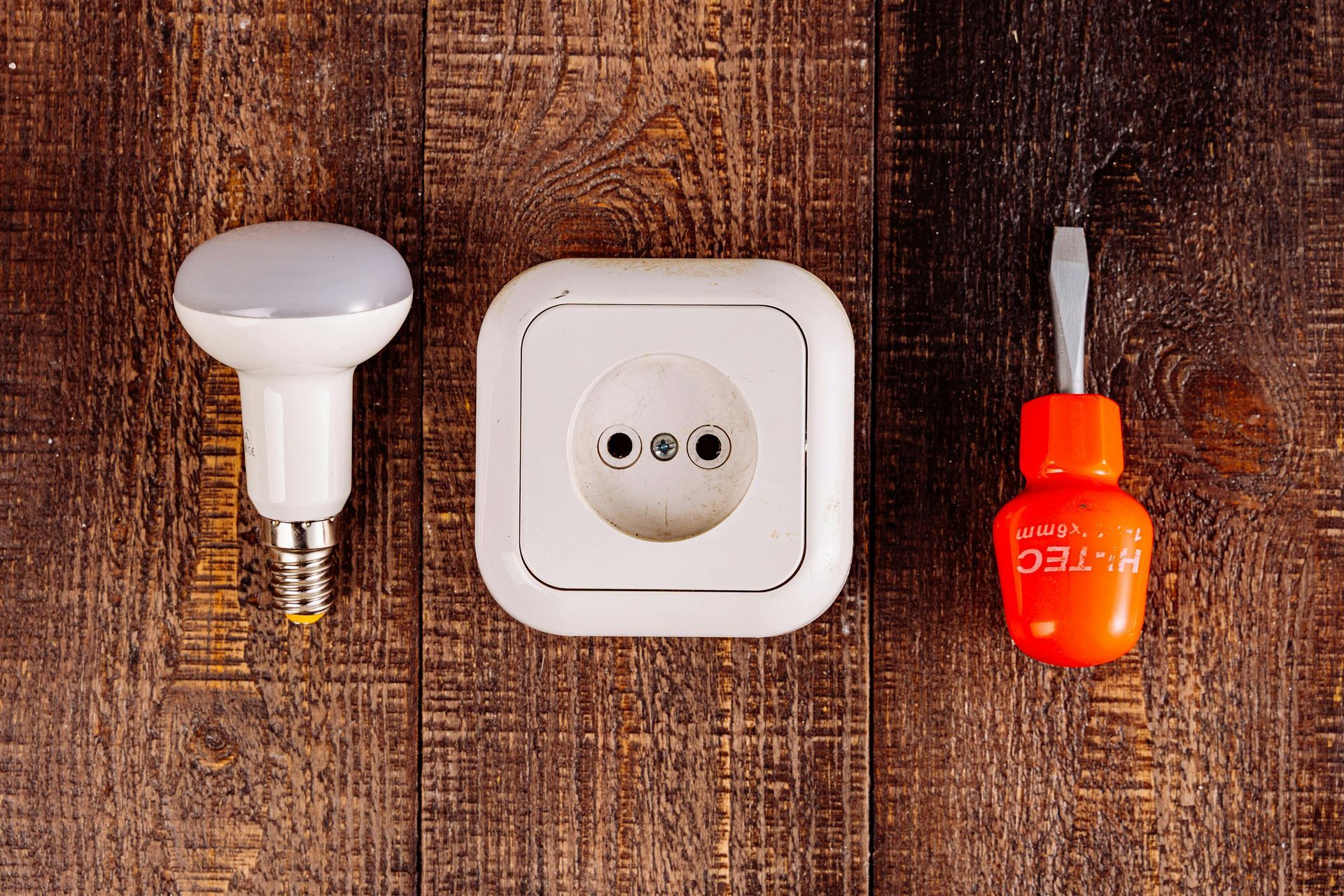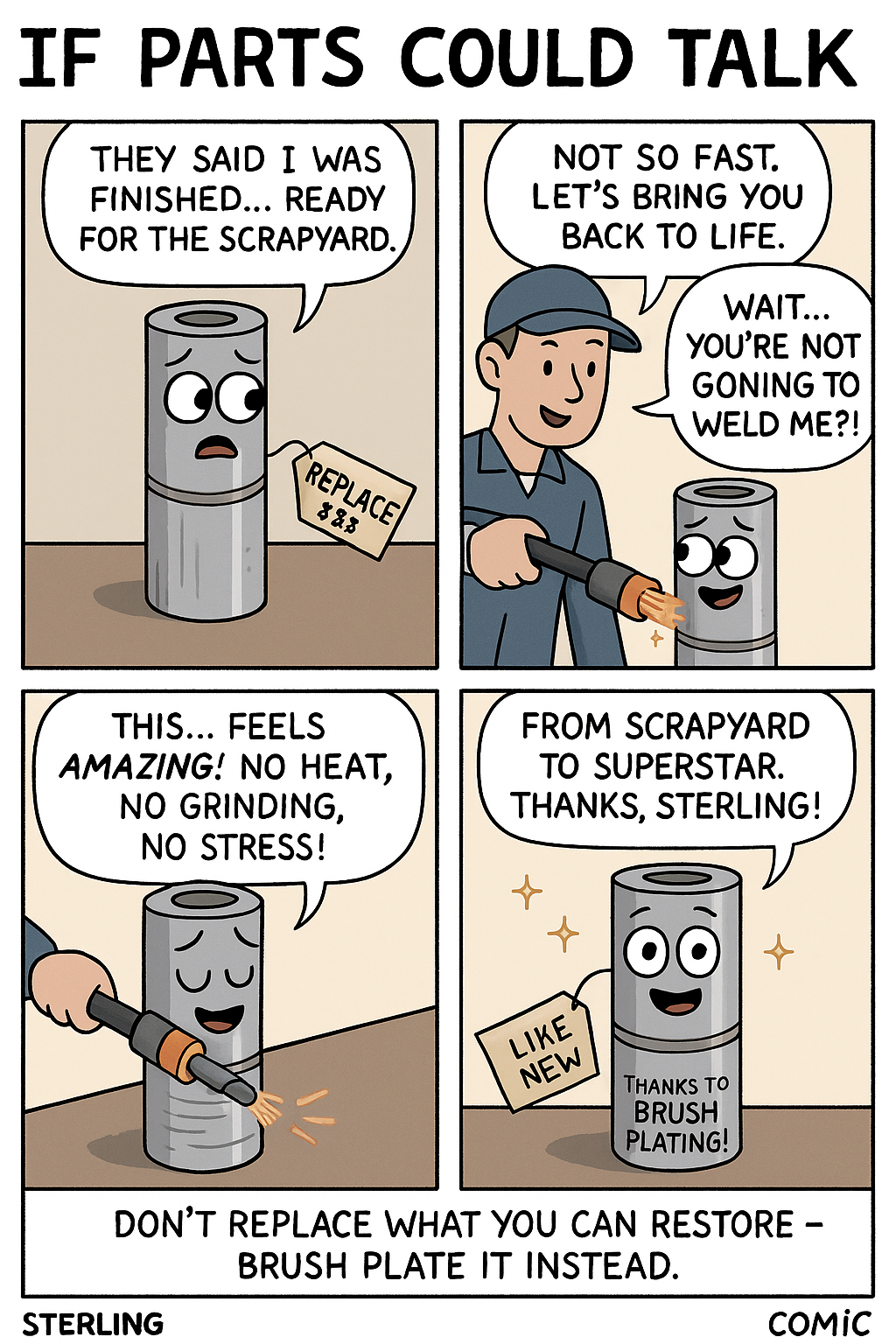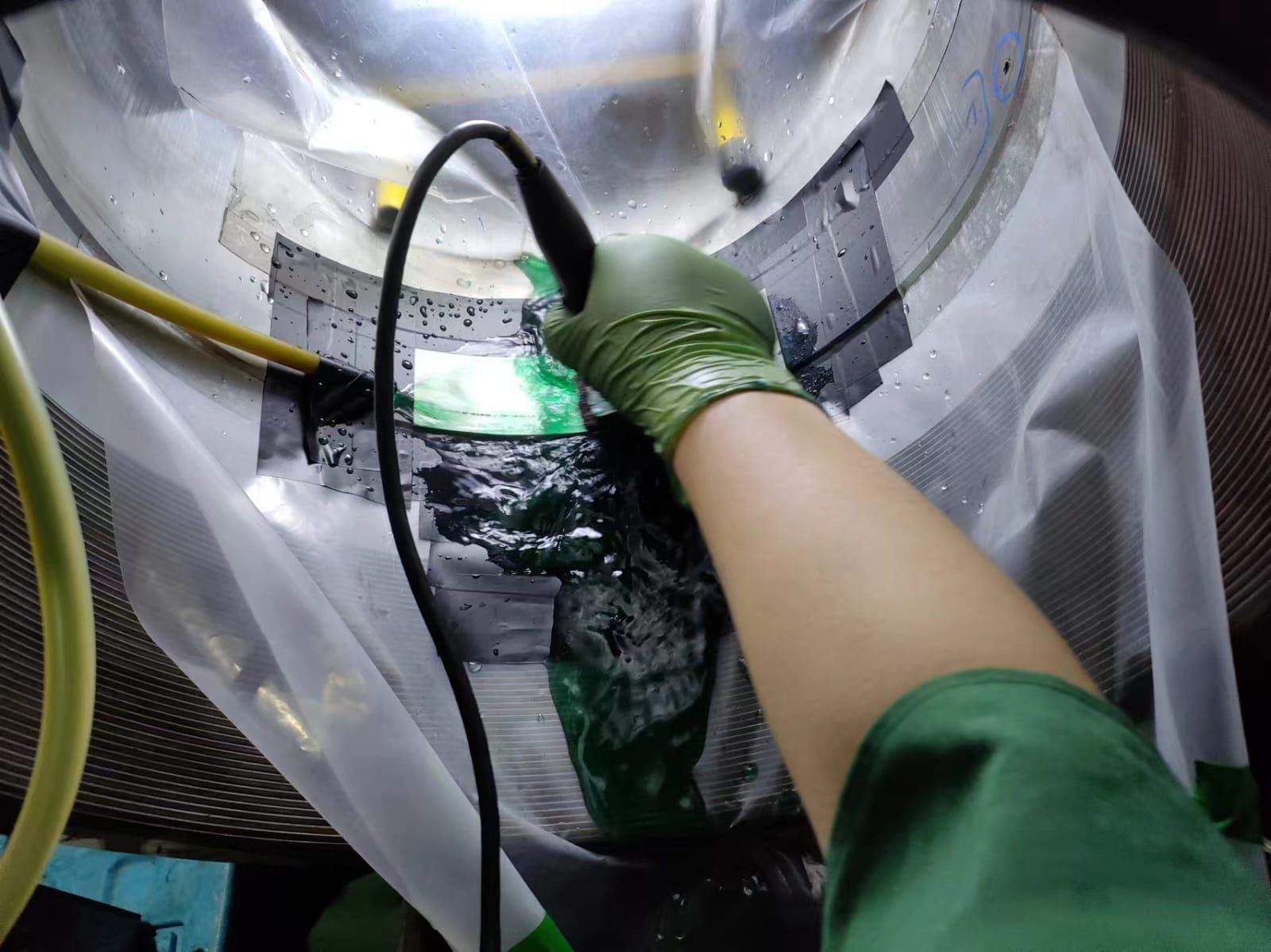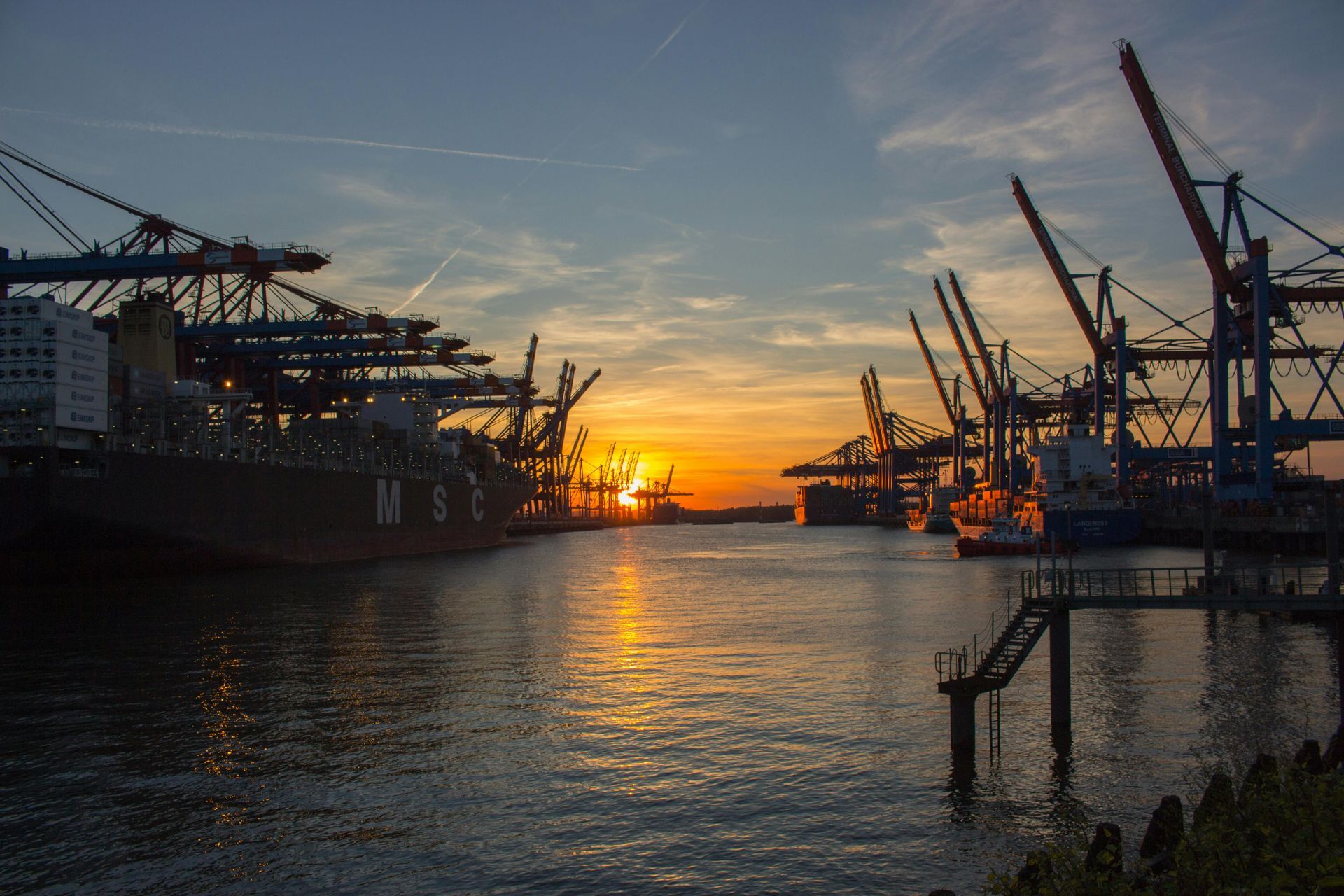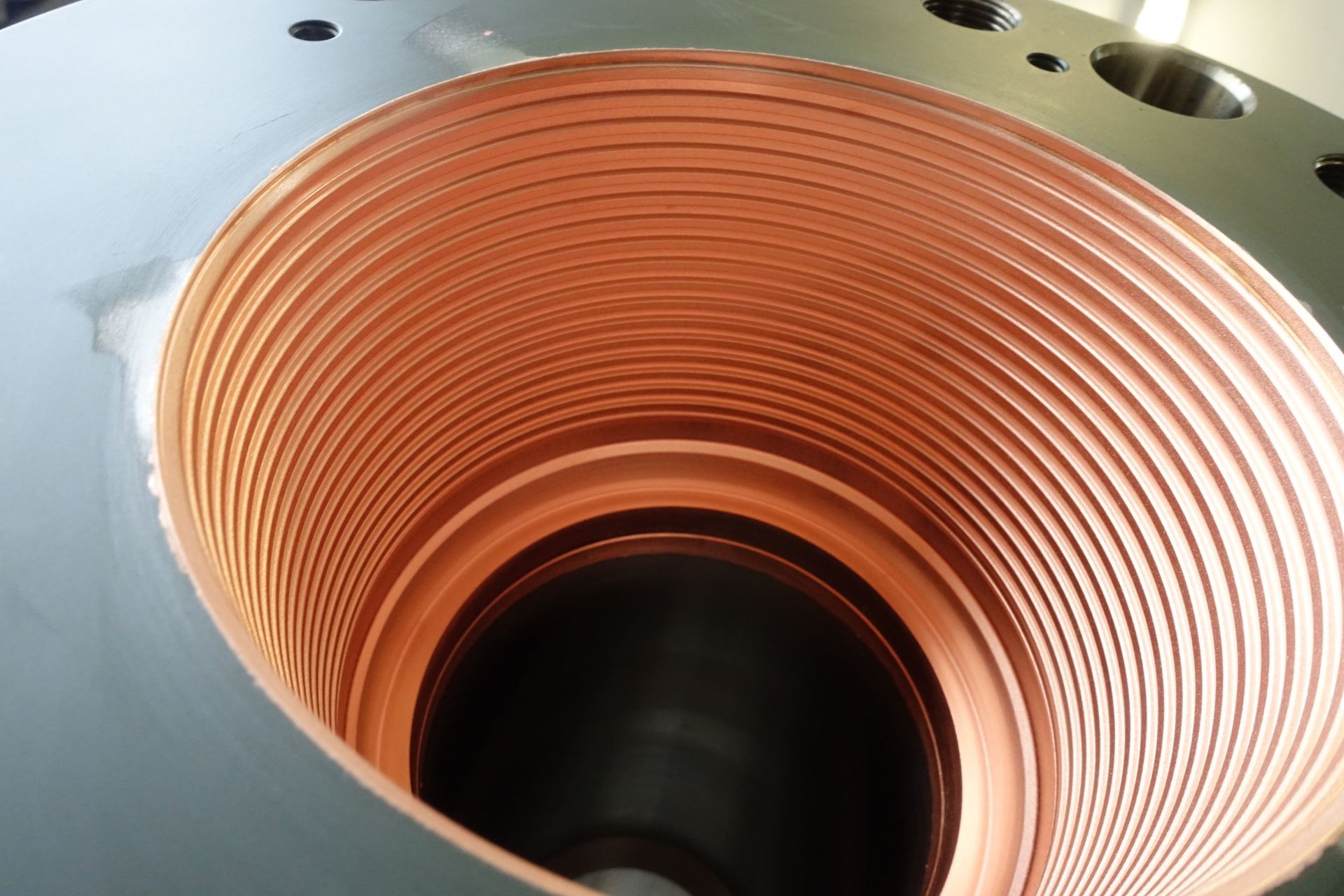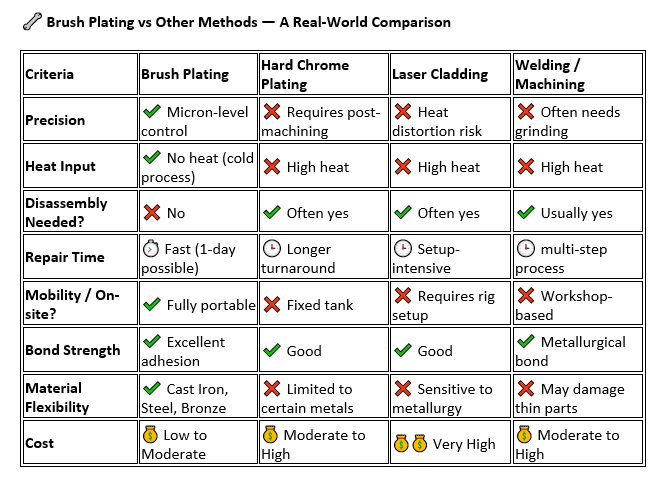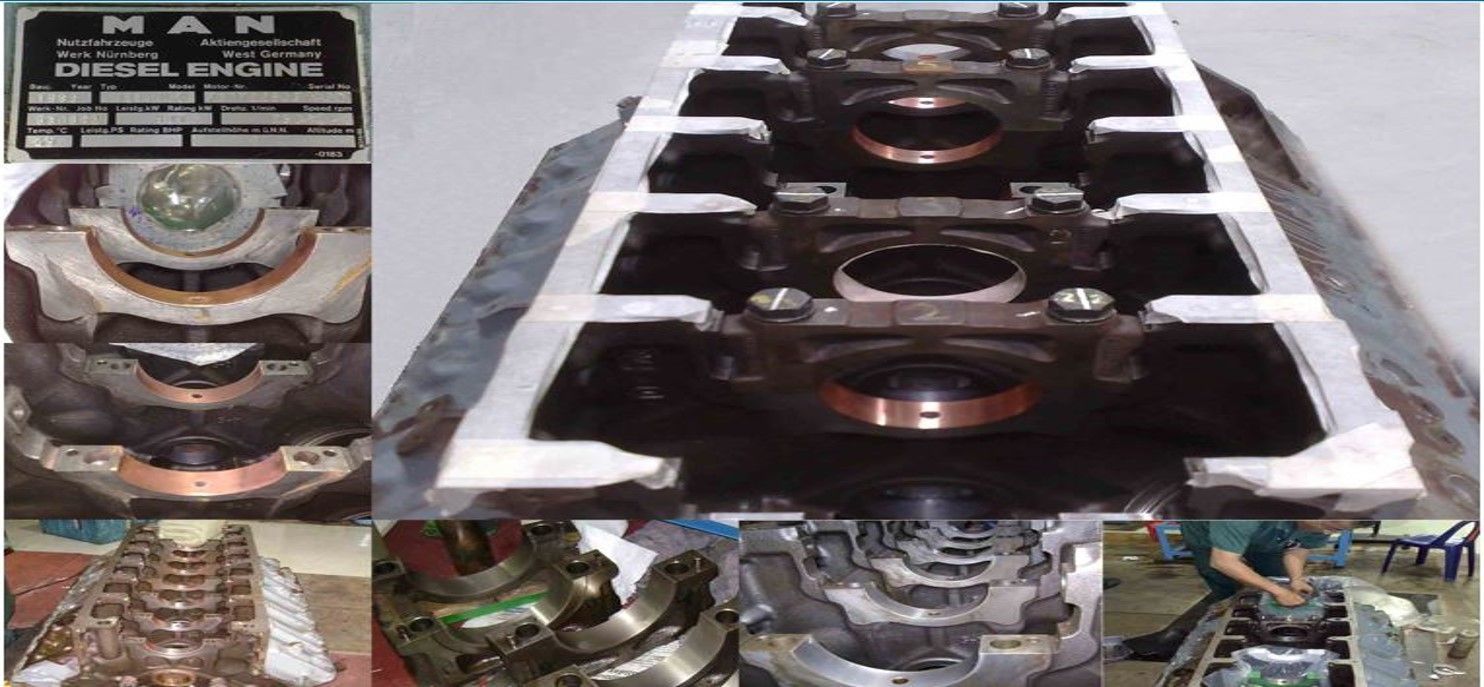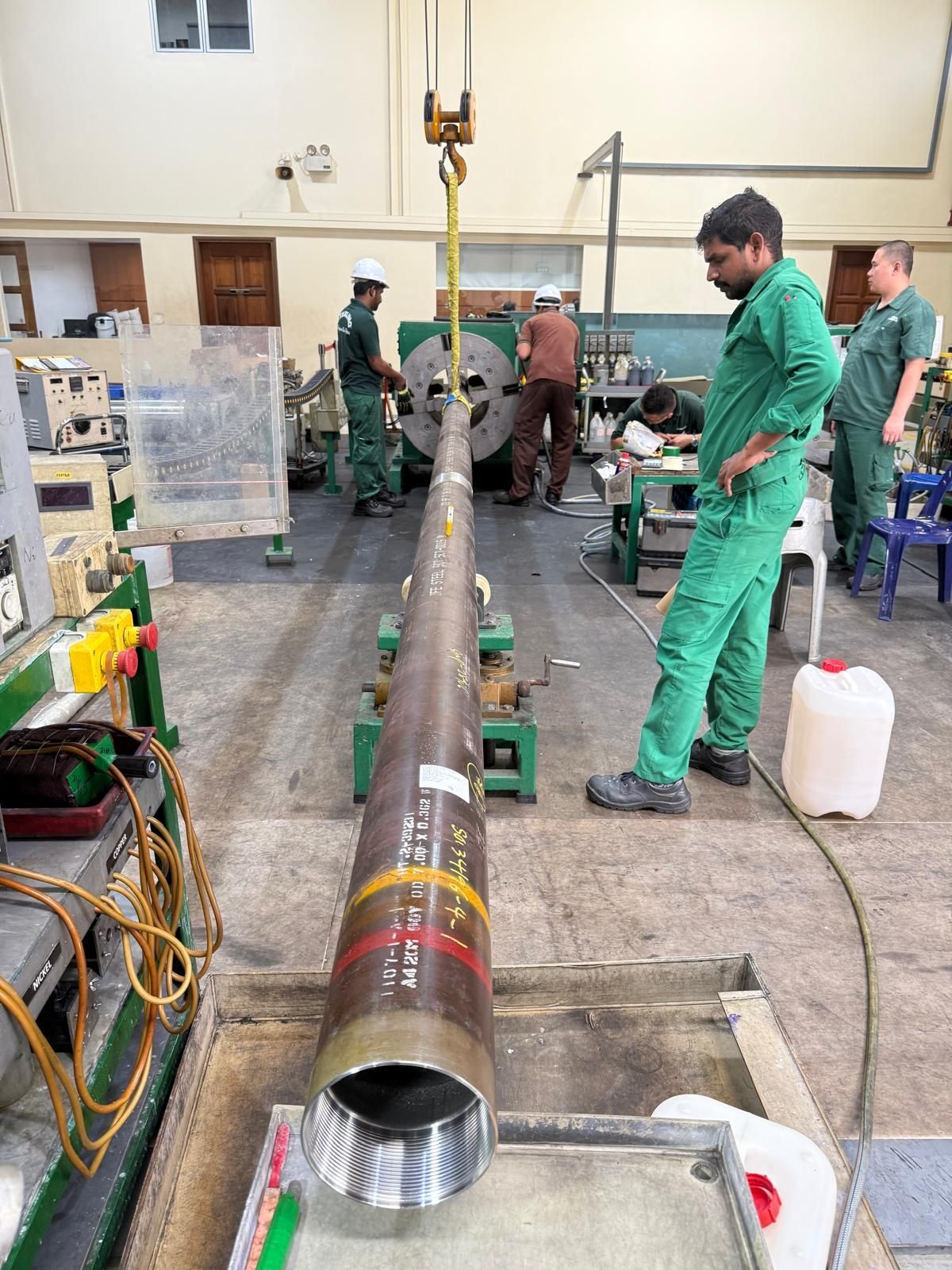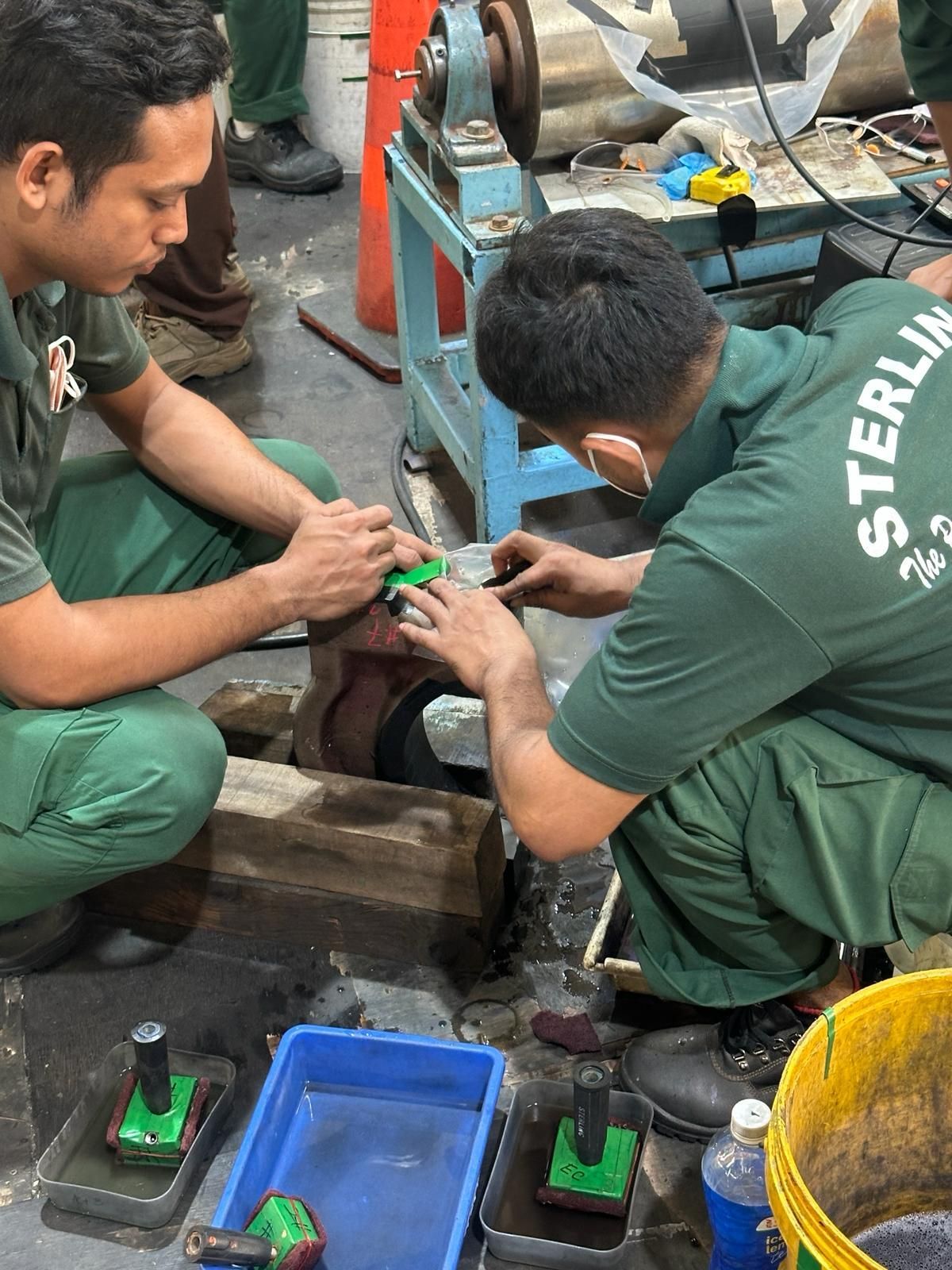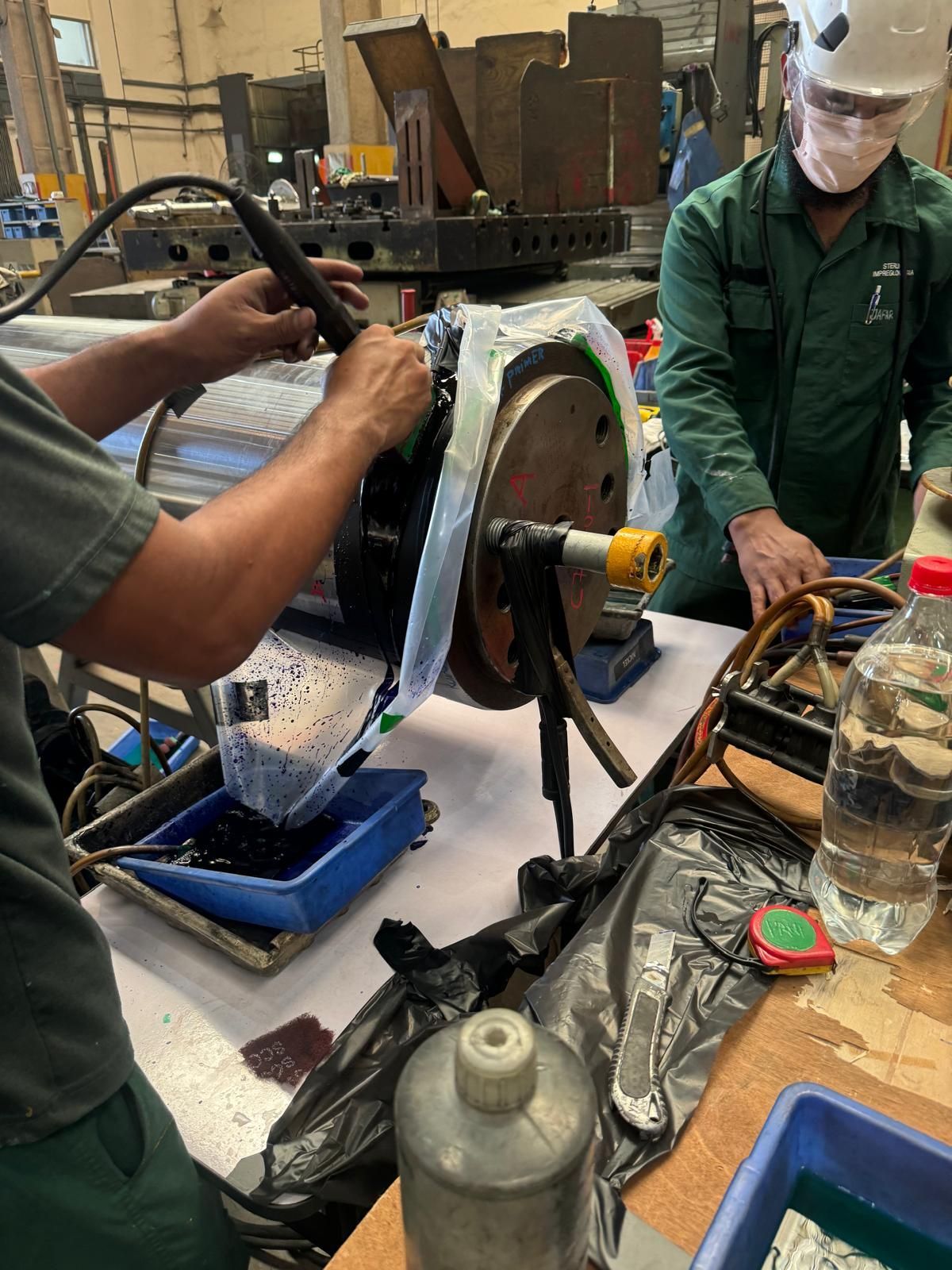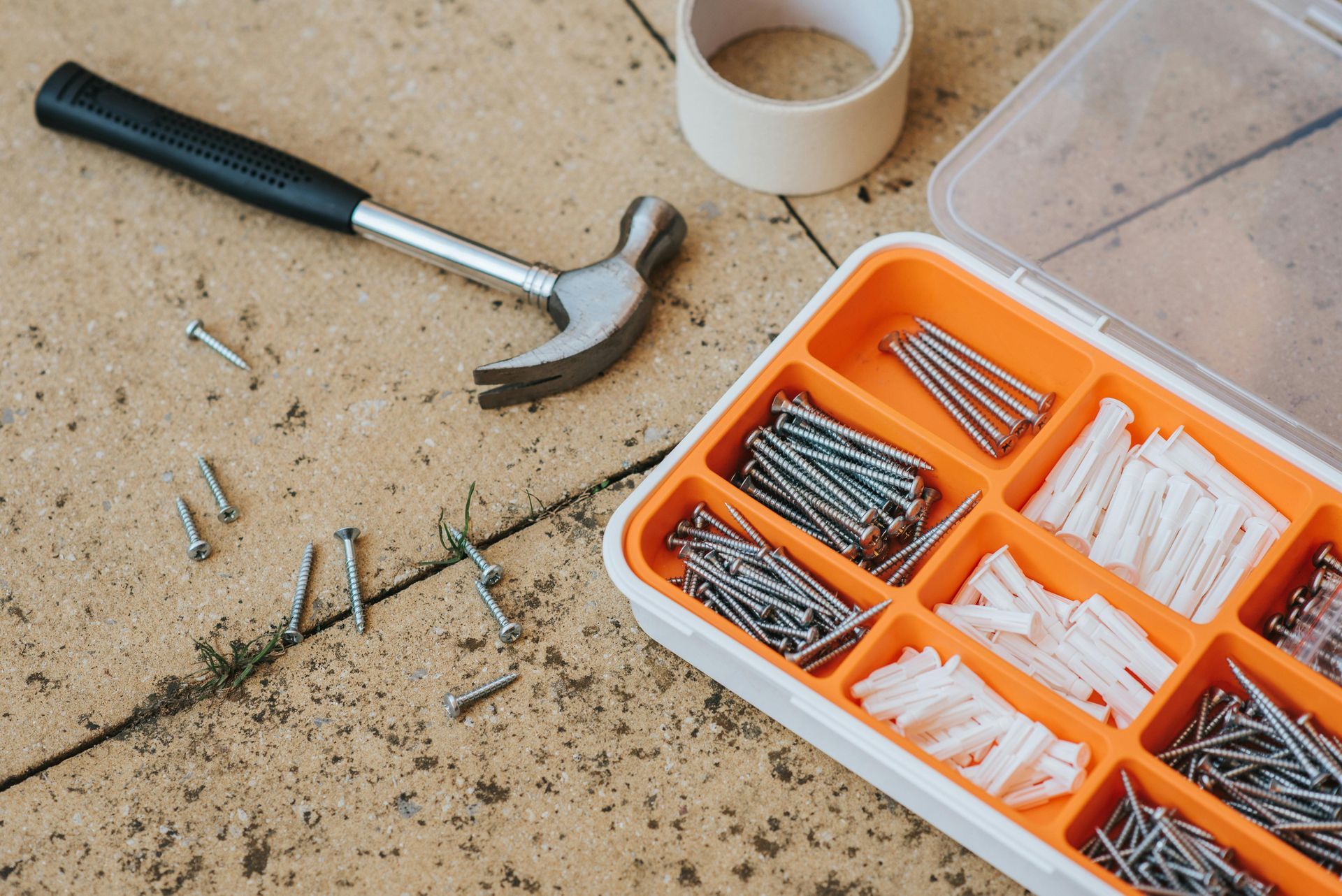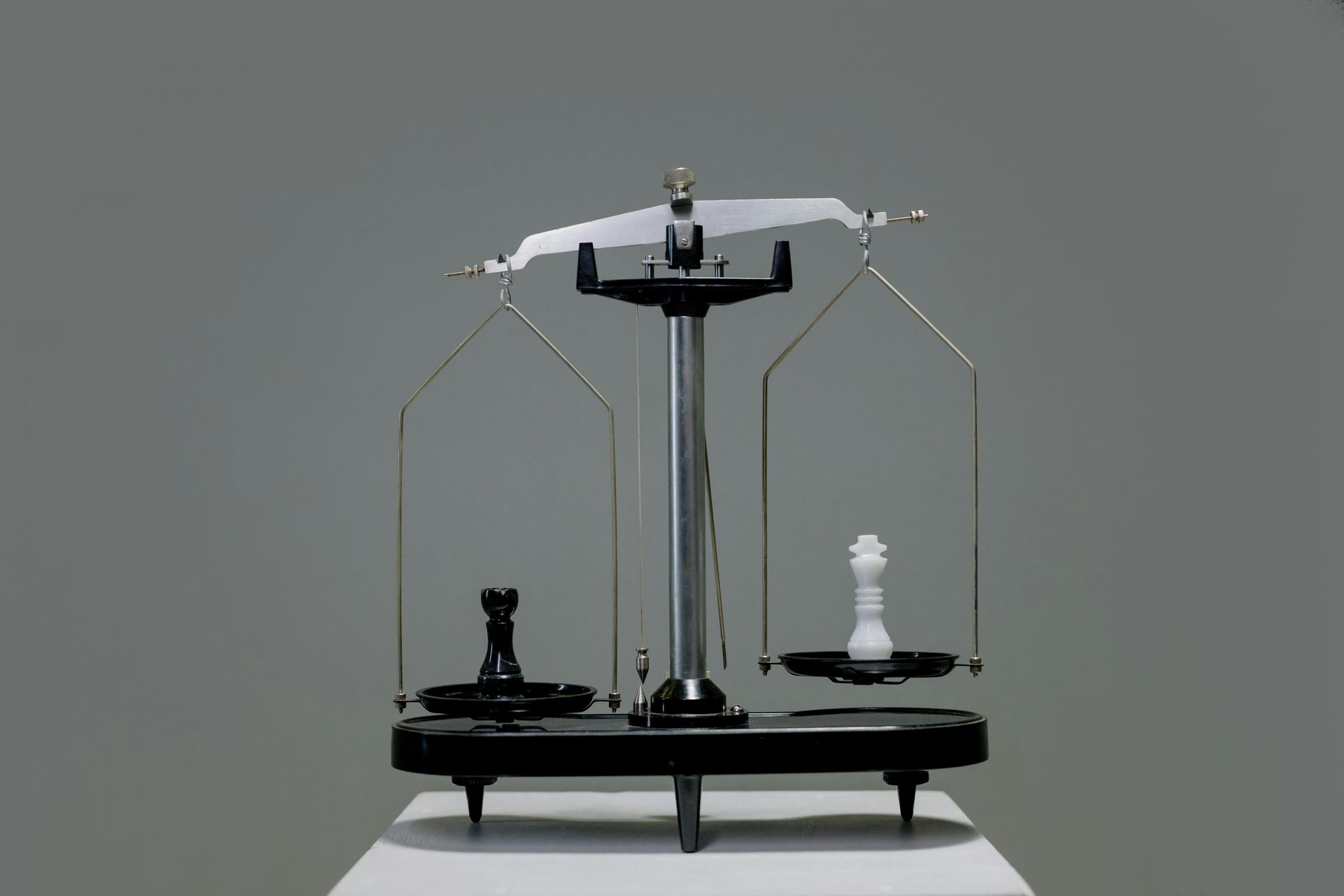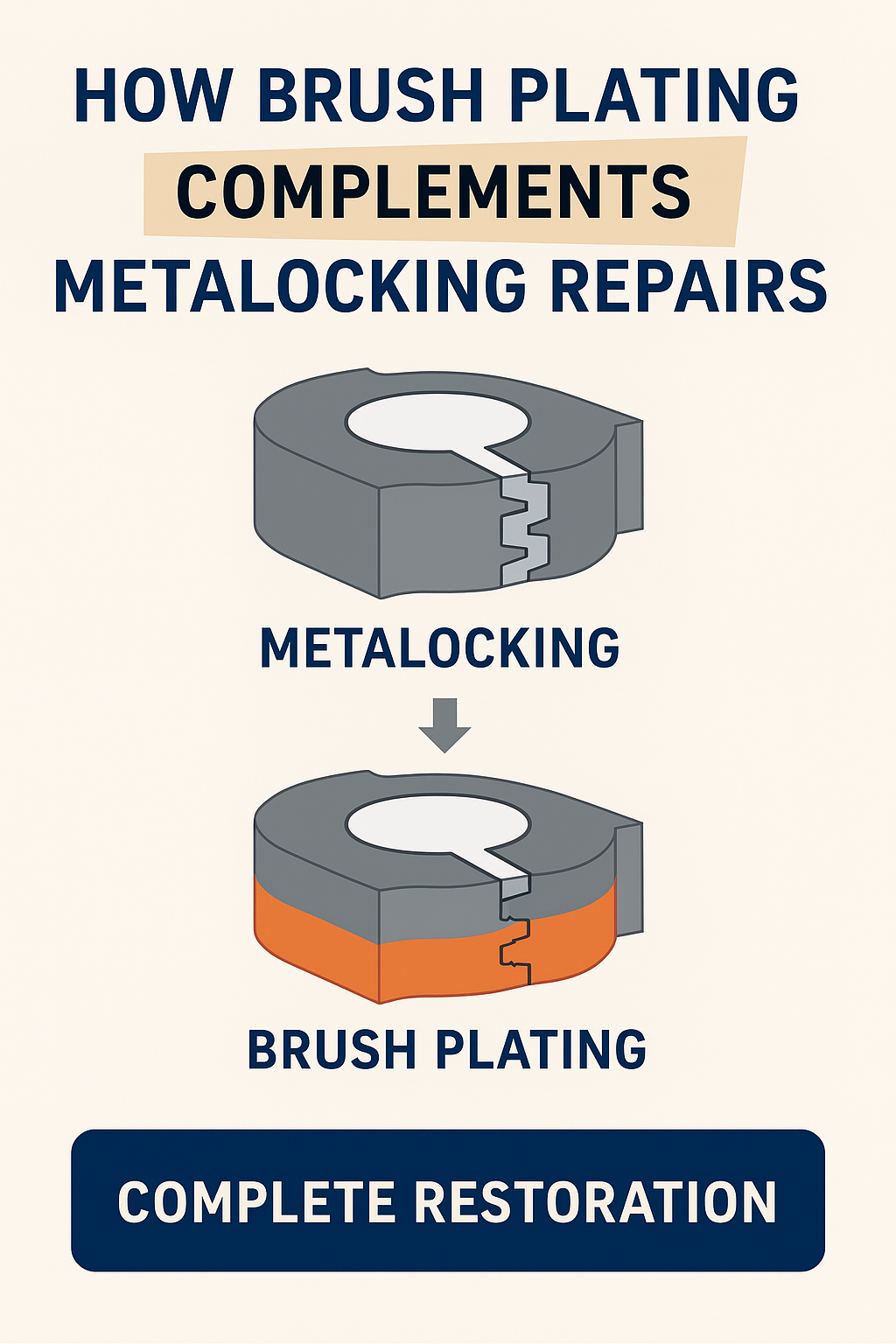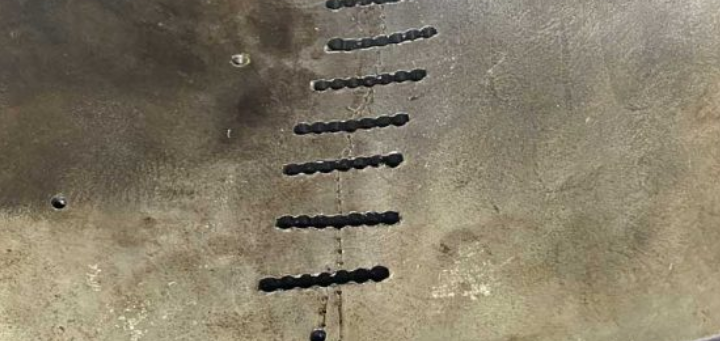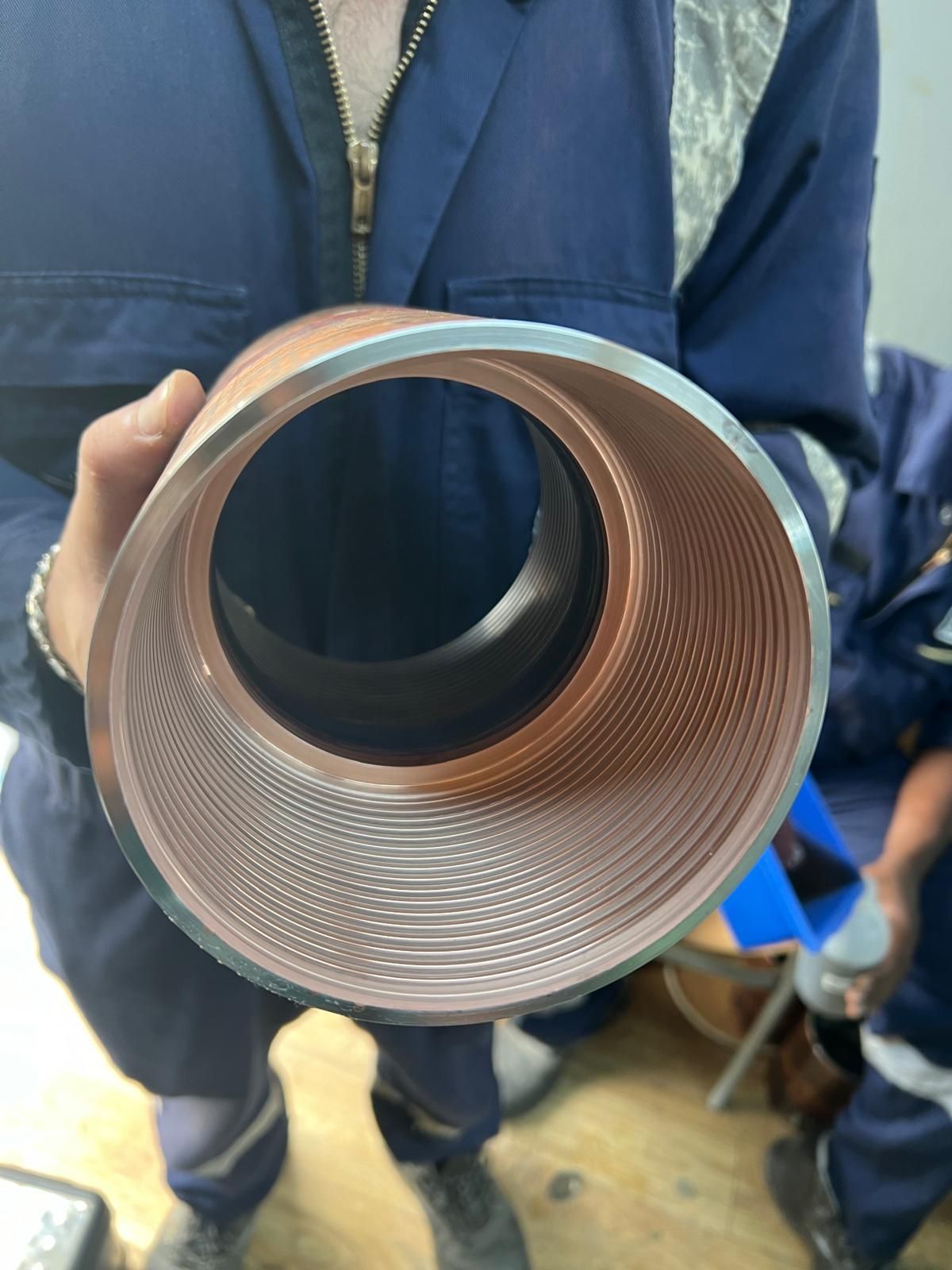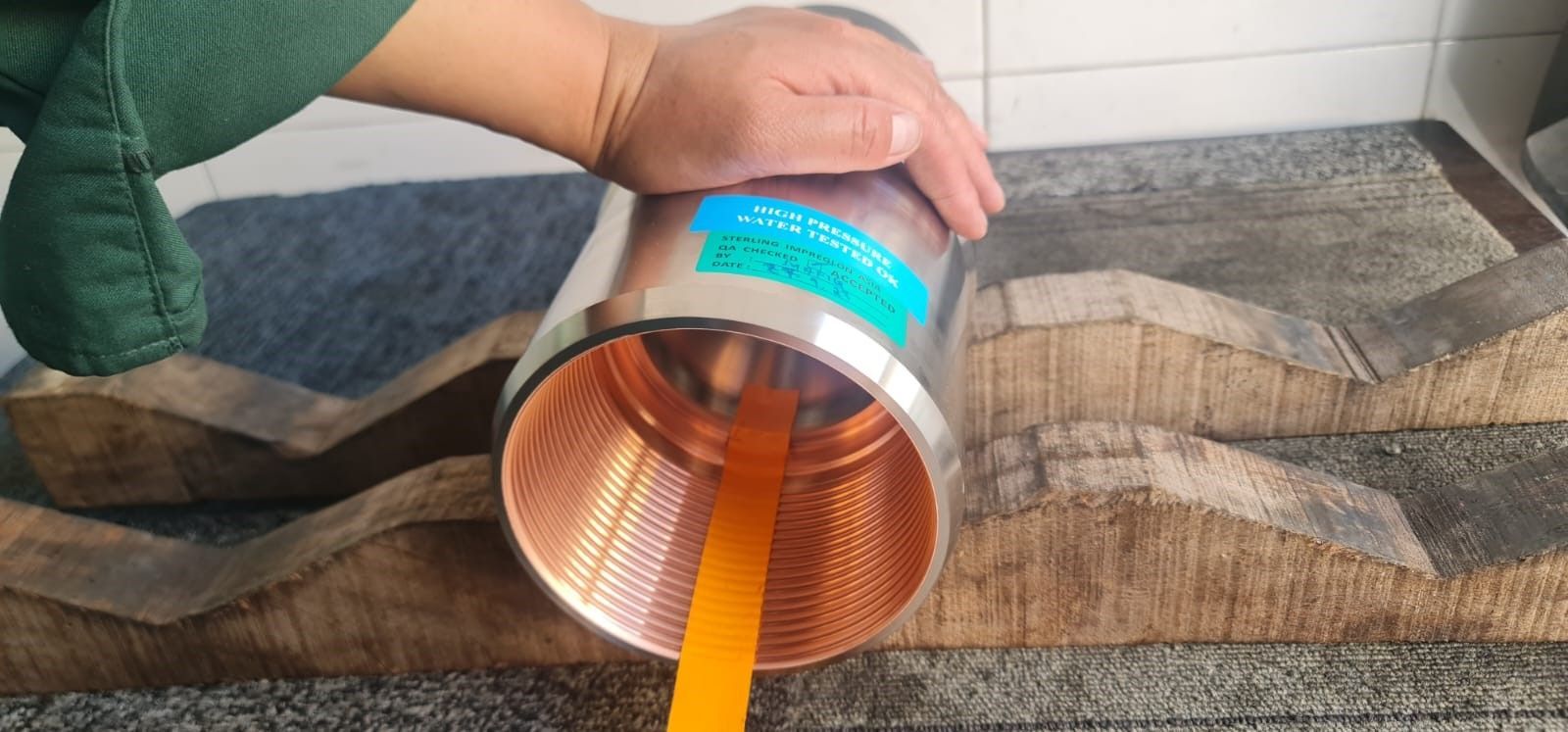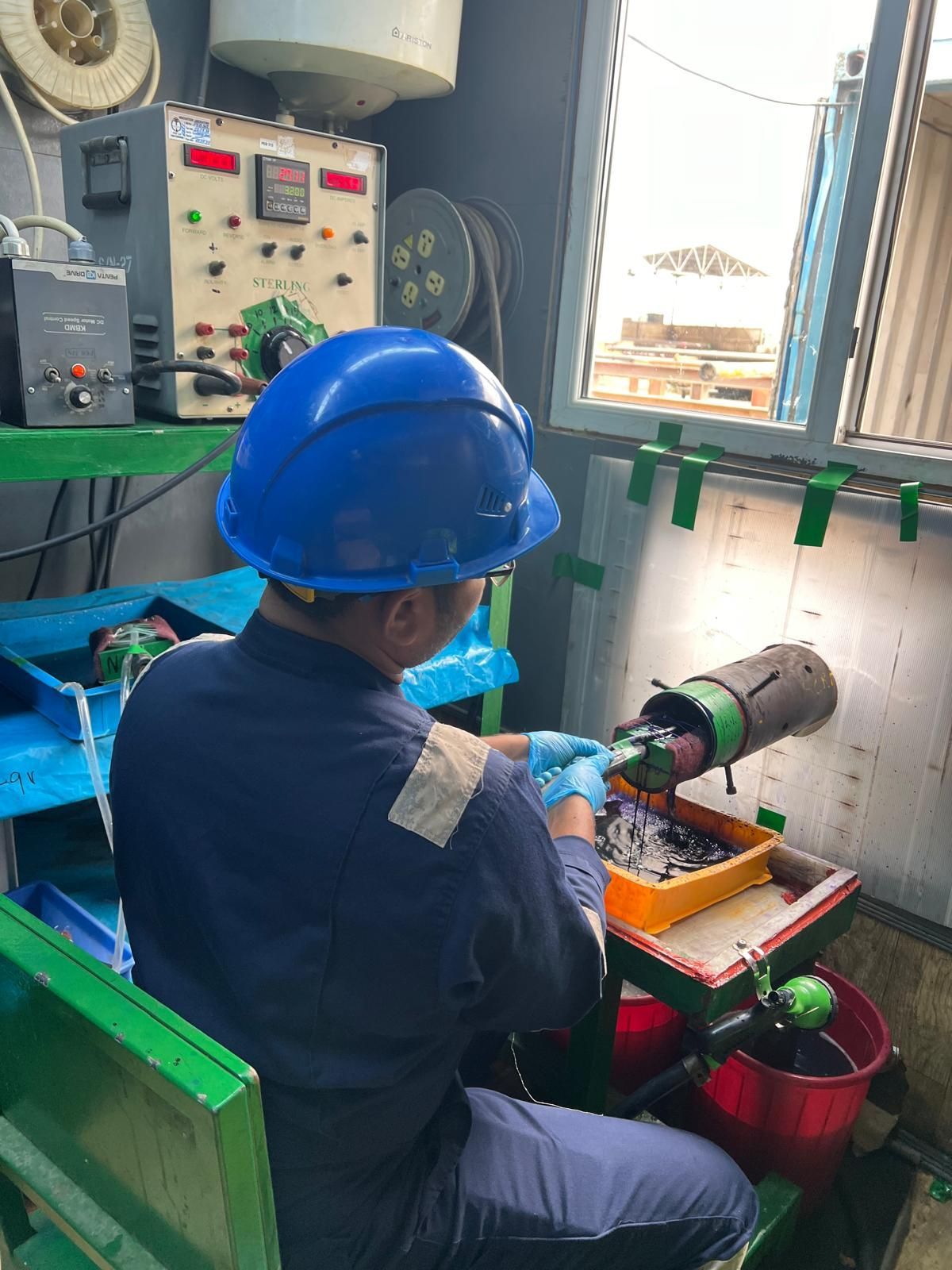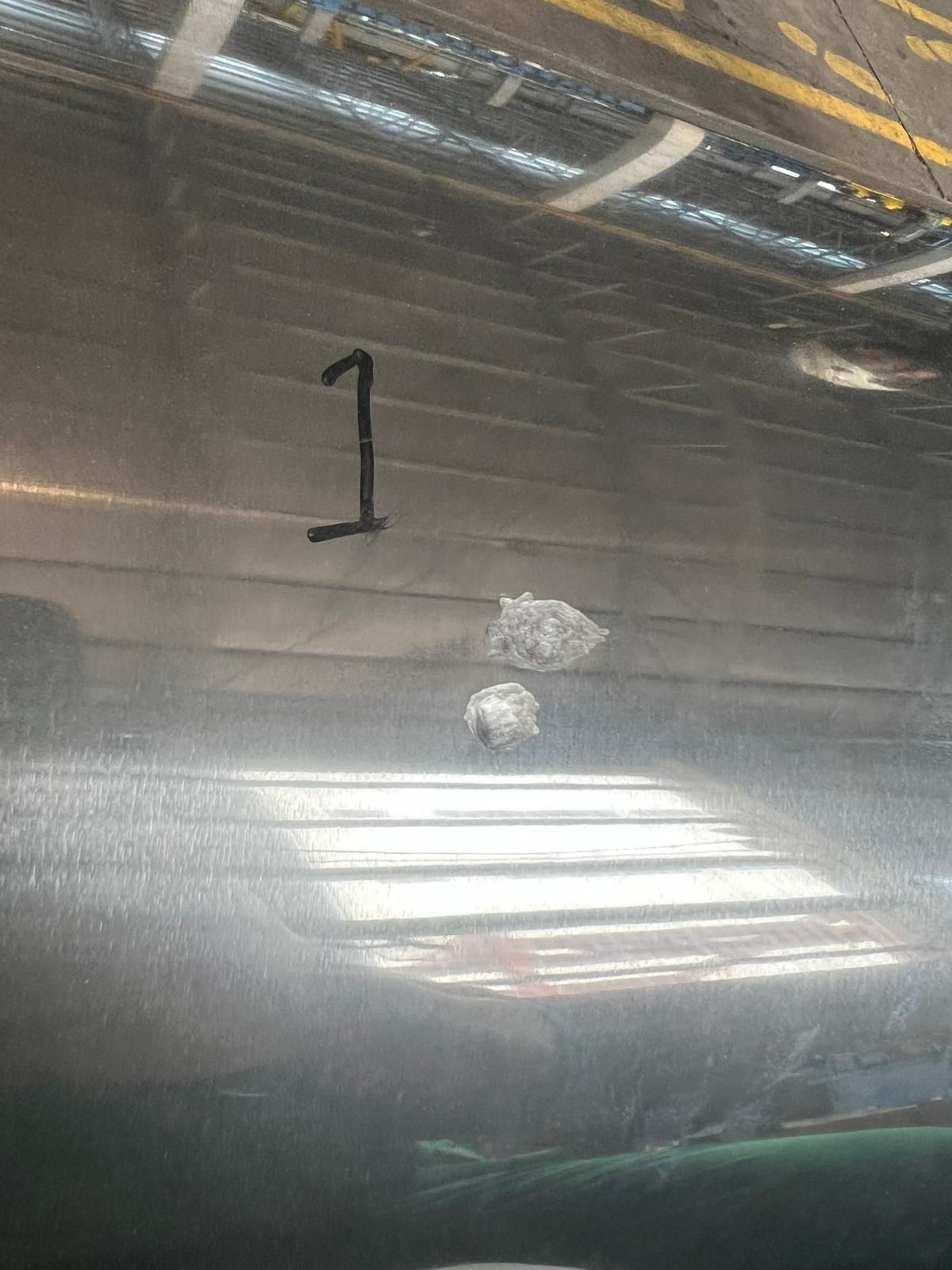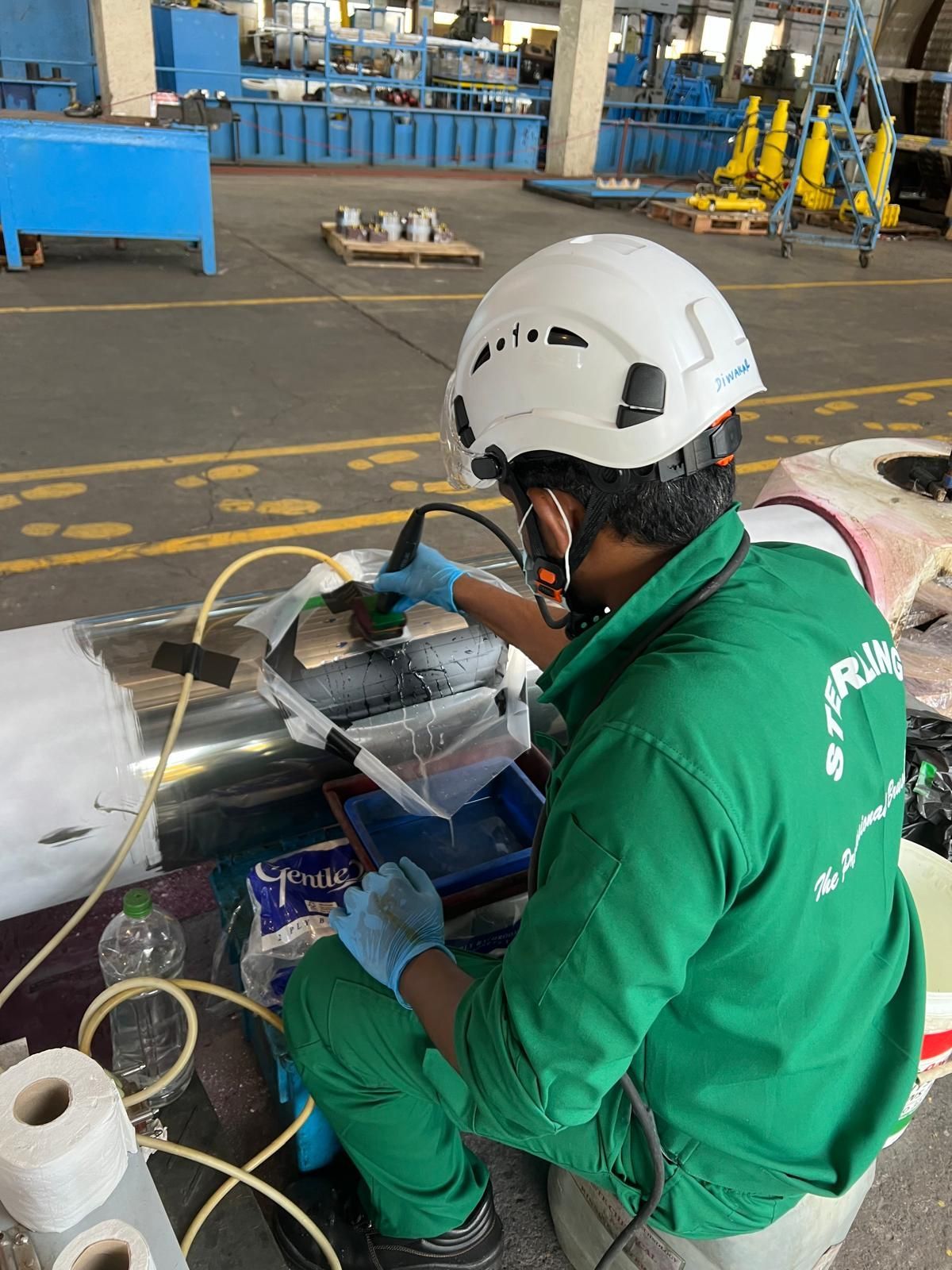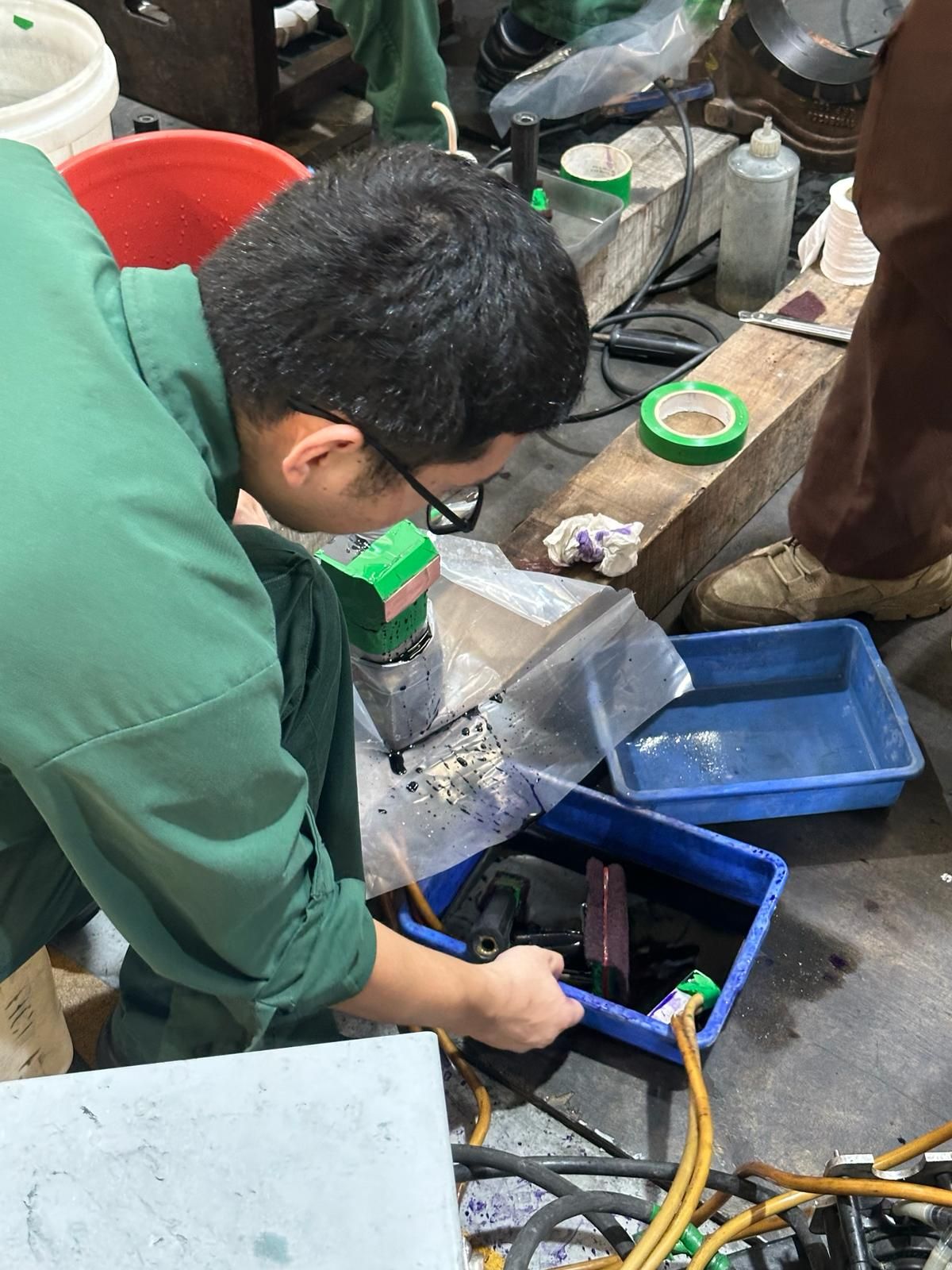The Superior Solution for Anti-Galling in the Oil & Gas Industry
Brush Plating: The Superior Solution for Anti-Galling in the Oil & Gas Industry
In industries like oil and gas, where the reliability of mechanical components directly impacts operations, the choice of surface finishing can make all the difference. While traditional tank plating has been widely used for its ability to handle large volumes of components, Brush Plating offers unique advantages that make it an essential value-added service, particularly for anti-galling applications.
Why Brush Plating?
Brush Plating is a precision-based electroplating method that repairs and enhances damaged mechanical components. Unlike tank plating, which immerses an entire component into a plating bath, Brush Plating selectively applies the plating material to targeted areas. This allows for unparalleled control, quality, and cost efficiency.
Key Benefits of Brush Plating:
- Superior Anti-Galling Properties
Brush Plating is a proven solution for preventing galling, a form of adhesive wear that occurs during metal-to-metal contact under high stress. This makes it indispensable for oil tool connections and pipe threading. Our Brush Plating process has been recognized and approved by major oil pipe manufacturers globally for its durability and performance.
- On-Site Repair Capabilities
Damaged components no longer need to be transported to a workshop for repair. Brush Plating can be performed on-site, reducing downtime and logistics costs. This flexibility is critical for industries operating in remote locations or with tight operational schedules.
- Precision and Minimal Material Waste
By targeting only the worn or damaged areas, Brush Plating minimizes material usage and ensures that components are restored to their exact original dimensions. This precision is particularly beneficial for components like hydraulic rods, shafts, and printing cylinders, where tight tolerances are required.
- Outstanding Adhesion and Durability
The Brush Plating process achieves exceptional bonding with the base material, ensuring that the plating will not peel or come off under high-stress conditions. This is a vital requirement for components exposed to extreme pressures and temperatures.
- Cost-Effective Solution
The ability to repair and restore components rather than replacing them entirely translates to significant cost savings for customers. Additionally, Brush Plating eliminates the need for large-scale tank plating setups, further reducing overhead expenses.
Why Choose Brush Plating Over Tank Plating?
While tank plating can handle higher volumes and is suitable for bulk production, it lacks the precision and flexibility of Brush Plating. Tank plating often requires masking and immersing entire components, leading to higher costs and longer lead times for targeted repairs. In contrast, Brush Plating is a niche service that delivers targeted, high-quality results, making it highly sought after for critical applications where reliability is paramount.
Industry Recognition and Trust
Sterling Impreglon Asia’s Brush Plating process is trusted by leading oil pipe manufacturers and other industries worldwide. Our expertise in anti-galling applications and precision repairs ensures that our customers receive unmatched service quality and performance.
Conclusion
For industries where precision, durability, and operational efficiency are non-negotiable, Brush Plating stands out as a superior alternative to traditional methods. Whether it’s restoring damaged components or enhancing anti-galling properties, Brush Plating delivers long-term value and reliability.
Let us help you reduce downtime, save costs, and improve the performance of your critical components.
Contact Sterling Impreglon Asia today to learn more about our Brush Plating solutions and how they can benefit your operations.





